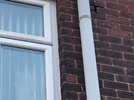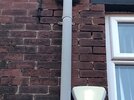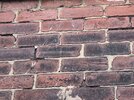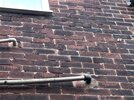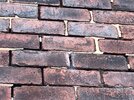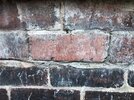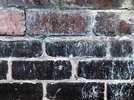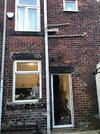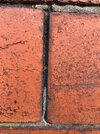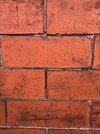Hi all,
Hope everyone is well.
I have a property which needs some re-pointing.
The south-side of the property has had its re-pointing done before but it has not been done well. This was before my ownership. It is now in a poor state, so I am organizing to have this done as the weather is getting better. At the front of the house, you can still see the ash in the mortar mix.
I have done some research and as it is a Victorian property it would be better to have natural hydraulic lime motor mix to re-point.
However, I am adding a couple of air bricks to the top of the property and opening closed off ones at the bottom to allow for air flow and breathability, so would a normal mortar mix suffice?
Only asking as I know it takes a while for the lime mortar to dry and as British weather is unreliable, I do not really want to pay for the re-pointing for it to be washed away.
I am beginning to call around a few people for quotes, is there anything that I should be asking to ensure they do a good job? Or anything I should know before taking on this project.
Any help is appreciated, thanks in advance.
Hope everyone is well.
I have a property which needs some re-pointing.
The south-side of the property has had its re-pointing done before but it has not been done well. This was before my ownership. It is now in a poor state, so I am organizing to have this done as the weather is getting better. At the front of the house, you can still see the ash in the mortar mix.
I have done some research and as it is a Victorian property it would be better to have natural hydraulic lime motor mix to re-point.
However, I am adding a couple of air bricks to the top of the property and opening closed off ones at the bottom to allow for air flow and breathability, so would a normal mortar mix suffice?
Only asking as I know it takes a while for the lime mortar to dry and as British weather is unreliable, I do not really want to pay for the re-pointing for it to be washed away.
I am beginning to call around a few people for quotes, is there anything that I should be asking to ensure they do a good job? Or anything I should know before taking on this project.
Any help is appreciated, thanks in advance.


